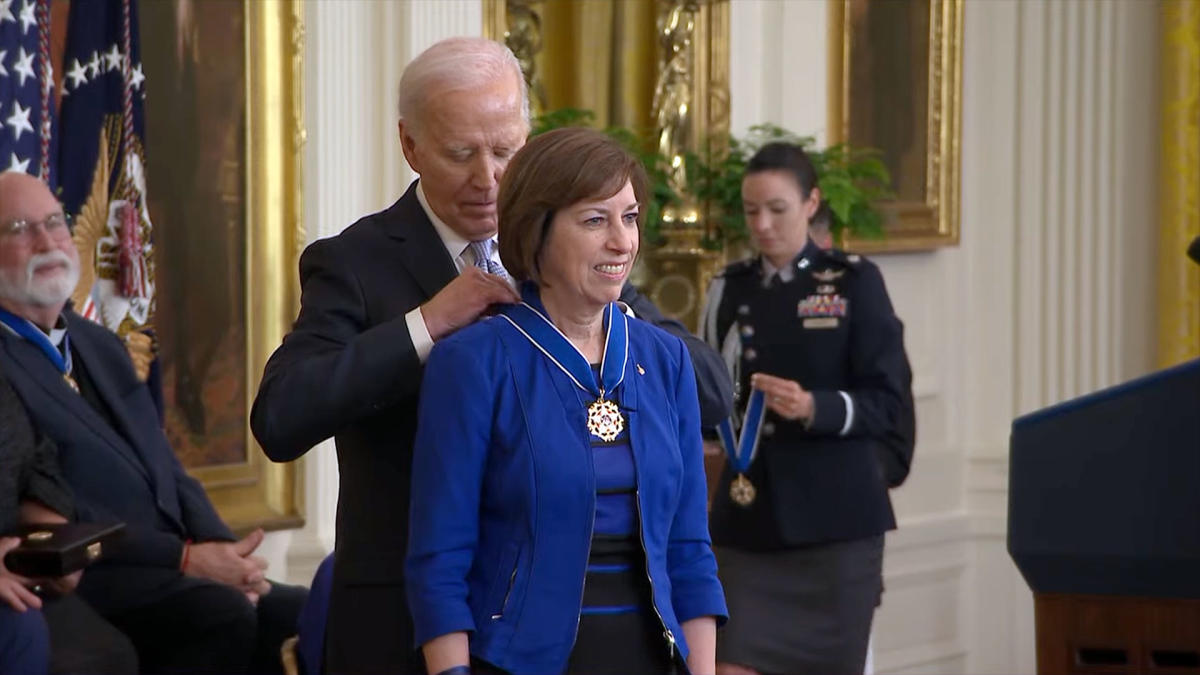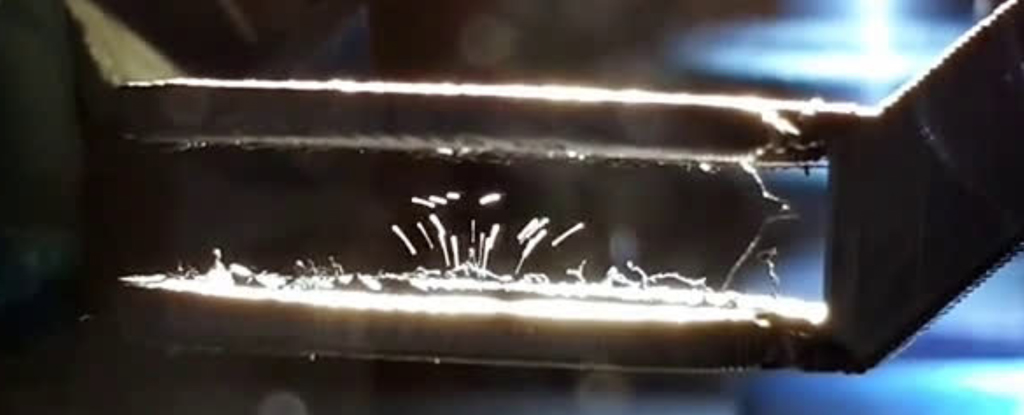NASA’s STEREO A spacecraft has spotted a powerful eruption on the Sun ripping the tail off comet Pons-Brooks, although it quickly regrew. This is far from the first time STEREO A has spotted the Sun toying with a dirty snowball like this, but the images are particularly dramatic.
Comet tails are wispy things caused when the solar wind pushes the gas and dust released by subliming ice away from the comet’s head. It doesn’t take a lot to disrupt them; you sometimes see comets with two tails, one of gas and one of dust, pointing in somewhat different directions with the gas tail particularly sensitive to conditions.
When solar flares lift coronal mass ejections (CMEs) off the surface of the Sun, the particles expelled can affect comet’s tails, and the STEREO spacecraft, which track solar storms, have often picked this up. See, for example, this case in 2013 when two comets could be seen in the same field of view, one of them waggling its tail like a tadpole or a frozen but particularly determined sperm.
A 2013 coronal mass ejection that succeeded in influencing two comets at once, as seen by STEREO.
Image credit: Karl Battams/NASA/STEREO/CIOC
The STEREO spacecraft don’t just watch comet tails for fun. As the their website notes, “Using comet tails as tracers can provide valuable data about solar wind conditions near the Sun.”
As their name suggests, the STEREO spacecraft were designed to provide twin views of solar activity, one with an orbit a few weeks shorter than the Earth, the other a little longer. The usually long baseline between them gave NASA unprecedented insight into solar activity for a decade but contact was lost with STEREO B in 2016, and even once recovered attempts to restore it failed.
STEREO A has kept plugging along, even if the acronym is now inaccurate. Its full name is Solar Terrestrial Relations Observatory A, and it has continued to help astronomers understand how the Sun’s variability affects the Earth. As these images show, it does the same for other components of the Solar System.
On April 12, STEREO A spotted a major CME lift off the Sun. This event was headed almost directly opposite to the Earth, so did not trigger any auroras here, although another one around the same time lit up skies over Tasmania. A week later, however, Spaceweather.com noticed the effect the event had had on Comet Pons-Brooks. In astronomical speak this was a “disconnection event” where the extra strength in the solar wind caused the tail to break away from the nucleus of the comet and go sailing off like Rohan’s flag in The Two Towers.
The effect was so strong in part because the CME was so powerful, but also because Pons-Brooks was 120 million kilometers (75 million miles) from the Sun, 80 percent of the Earth’s distance. Although from STEREO A’s perspective the comet looks like it is almost touching Jupiter, the giant planet was almost a billion kilometers (620 million miles) further away, and would have been barely affected.
Pons-Brooks hasn’t really been living up to its nickname recently. It got the “Devil’s Comet” tag because on its way in it exploded several times (as it has done on previous visits) and some of these produced what looked like devil’s horns. Sadly, the explosions stopped just when they would have done the most to allow more people to see the comet. It’s particularly unfortunate none coincided with this CME – imagine an eruption sweeping away something so much brighter and more intricate.
The good news is that, while comets are often compared to cats, when it comes to their tails they are more like skinks, which can lose their appendages and grow them back.

Dr. Sarah Adams is a scientist and science communicator who makes complex topics accessible to all. Her articles explore breakthroughs in various scientific disciplines, from space exploration to cutting-edge research.








